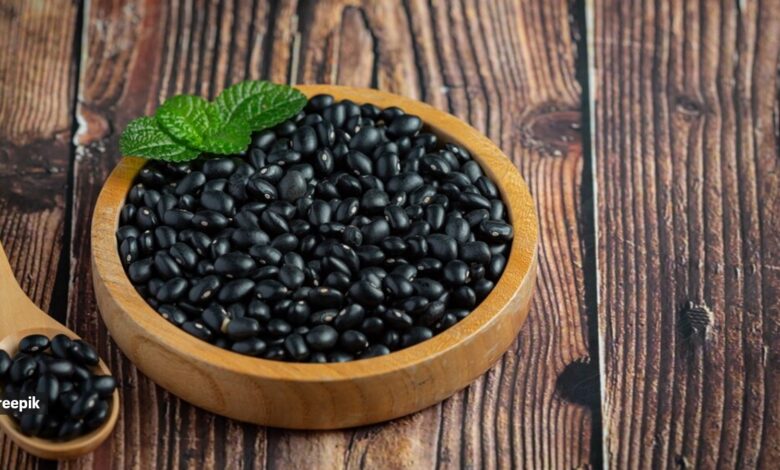How can you tell if your kaali dal is fake?

Recently, reports of kaali dal (black gram) allegedly being dyed with synthetic chemicals in Himachal Pradesh have sparked widespread concern. Journal Neha Sharma took to Instagram to share a video documenting some counterfeit kaali dal that she got from the state, showing how the seeds lose their signature black colour to reveal green underneath upon soaking overnight.
spoke to holic health and wellness coach Isha Lall to understand what happens to the body when you consume such adulterated foods and provide guidance on choosing safe, authentic dals.
What are the health risks o0f consuming counterfeit dal?
Adulterated food, especially with synthetic dyes, poses serious health hazards:
1. Toxic Load on the Liver and Kidneys: Synthetic dyes are often loaded with heavy metals like lead or arsenic. The liver, our primary detox organ, has to work overtime to filter out these toxins, leading to potential liver damage. Studies show that prolonged consumption of such dyes can increase the risk of liver toxicity and kidney dysfunction up to 30%.
Story continues below this ad
2. Gastrointestinal Dress: Dyes can irritate the stomach lining, leading to nausea, bloating, and indigestion. Ayurvedic principles stress that agni (digestive fire) must remain balanced for optimal health. Fake dyes directly disrupt this balance.
3. Cancer Risk: Some synthetic food dyes are classified as carcinogens. The WHO warns against regular consumption of food-grade dyes like tartrazine, linked to an increased risk of certain cancers.
How can you differentiate between fake and authentic kaali dal?
Here’s a practical guide to differentiate between fake and authentic kaali dal:
Water Test: Soak a handful of dal in a glass of water for 20 minutes. If the water turns dark or leaves residue at the bottom, it’s a red flag. Authentic dal will retain its color without significant bleeding.Story continues below this ad
Rubbing Test: Take a few grains of dal and rub them between your palms. If color transfers to your hands, it’s likely dyed.
Smell Test: Genuine kaali dal has a mild earthy aroma. Dyes can leave a chemical smell, especially after washing.Appearance: Natural dal will have an uneven surface and color, whereas dyed dal might appear uniformly dark and glossy—a sign of tampering.
Why kaali dal should be a part of your regular diet?
Authentic kaali dal is a nutritional powerhouse, deeply revered in both Ayurveda and modern nutrition.
One cup of cooked kaali dal provides 14g of protein and 15g of fiber, making it a staple for vegetarians and vegans. Lall added that according to Ayurveda, kaali dal nourishes and grounds vata while cooling pitta. It’s particularly beneficial in colder months when the body craves warmth and nourishment.Story continues below this ad
The high fiber content supports healthy digestion, regulates bowel movements, and feeds good gut bacteria, which are essential for immunity. Essential for hemoglobin production and preventing anemia, especially in women. One serving covers nearly 20% of your daily iron requirement. Its low glycemic index helps stabilize blood sugar, reducing the risk of diabetes.
DISCLAIMER: This article is based on information from the public domain and/or the experts we spoke to. Always consult your health practitioner before starting any routine.







